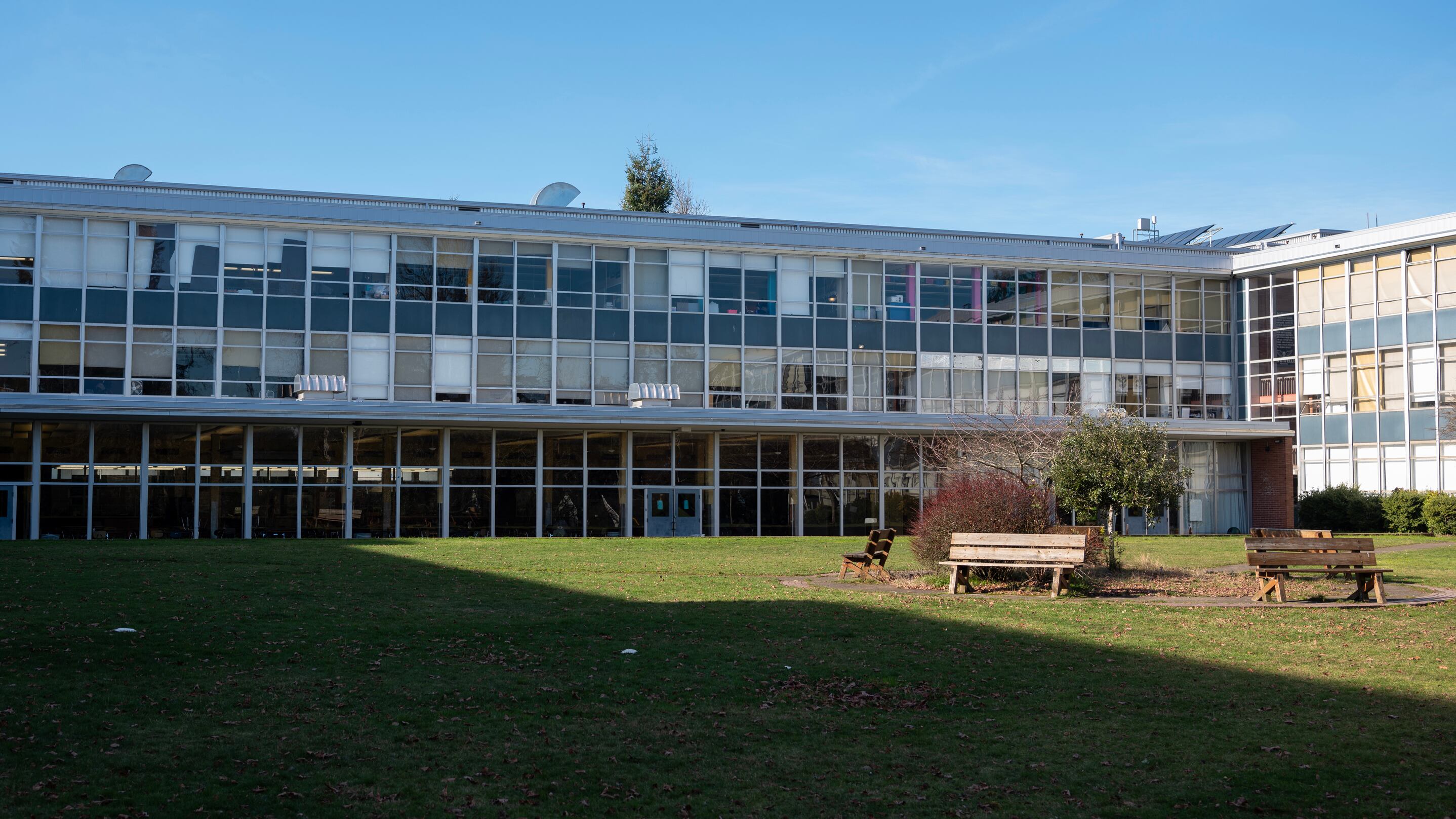The Portland Public Schools Board unanimously approved a resolution on Tuesday night providing district officials a framework for cutting costs for upcoming modernization projects at Cleveland, Ida B. Wells and Jefferson high schools, with the hope that money saved will be redirected into elementary and middle school projects.
Cutting costs has been a hot topic for the board as it’s worked on referring its $1.83 billion bond to voters on the May 2025 ballot. Amid news that initial budgets for these projects ($491 million for Jefferson, $450 million for Cleveland and $435 million for Wells) would land them among the nation’s most expensive high schools, the district went back to the drawing board for lower-cost options.
Last month, a report from the Cornerstone Management Group compared upcoming rebuilds at PPS to previous modernizations, as well as to a project at Beaverton High School, finding the district was building at higher prices than its neighbor.
A district staff memo grouped cost-saving recommendations from the report into three broad categories: reducing building sizes and costly spaces, adjusting sustainability standards, and adjusting equity-in-contracting goals.
Size reductions were a favorite for PPS Superintendent Dr. Kimberlee Armstrong. While Beaverton High School is being built at about 300,000 square feet, all three upcoming PPS projects are slated for 320,000 square feet.
But at a Feb. 4 board meeting, as district officials asked for guidance on what to do with Cornerstone’s findings, board members struggled to give direction. Some wanted to compromise on size, while others refused. They had different approaches to climate policy, and the meeting ended without conclusion.
Over the past week, board members Julia Brim-Edwards, Gary Hollands and Christy Splitt worked on a resolution to give staff members more guidance. The resolution tries to reduce costs in two categories: general contractors and modernizations. The former is about trying to trim items like pre-construction services, general conditions and contract fees.
The latter is where the board goes more in depth. Without compromising the district’s education specifications (those are criteria established to facilitate learning in the district’s facilities), the framework guides district officials to reduce total building areas to about 295,000 square feet—comparable to projects at Lincoln and Franklin high schools. It also suggests teen parent and health centers are only necessary if there’s a demonstrated need. The board has asked staff to examine LEED gold standards for climate and reassess basements, providing alternatives for both.
The new framework for staff preserves some things that will make PPS projects more costly, including a student-guided effort to rebuild schools with all-electric infrastructure and commit to equitable contracting policies.
“When we look in totality [of the framework]...shooting from the hip, don’t hold us to it, but we colloquially were thinking about $20 to $40 million of savings per project,” Dan Jung, PPS’s chief operating officer, said at the meeting.
The framework also calls to reconvene design teams, which have been on pause since December as the district has looked for ways to reduce costs.
Splitt and board member Herman Greene emphasized that the board is not taking away anything from the Cleveland, Wells and Jefferson communities. “We’re not looking to minimize the education specifications,” Greene said. Splitt, whose zone encompasses Wells, said community engagement in the cost-reduction process will be a key priority for her.
“We are tackling two things at once here,” said board chair Eddie Wang. “[We’re] making sure our public dollars go as far as possible, as well as making sure our Wells and Cleveland community get beautiful, state-of-the-art schools.”

